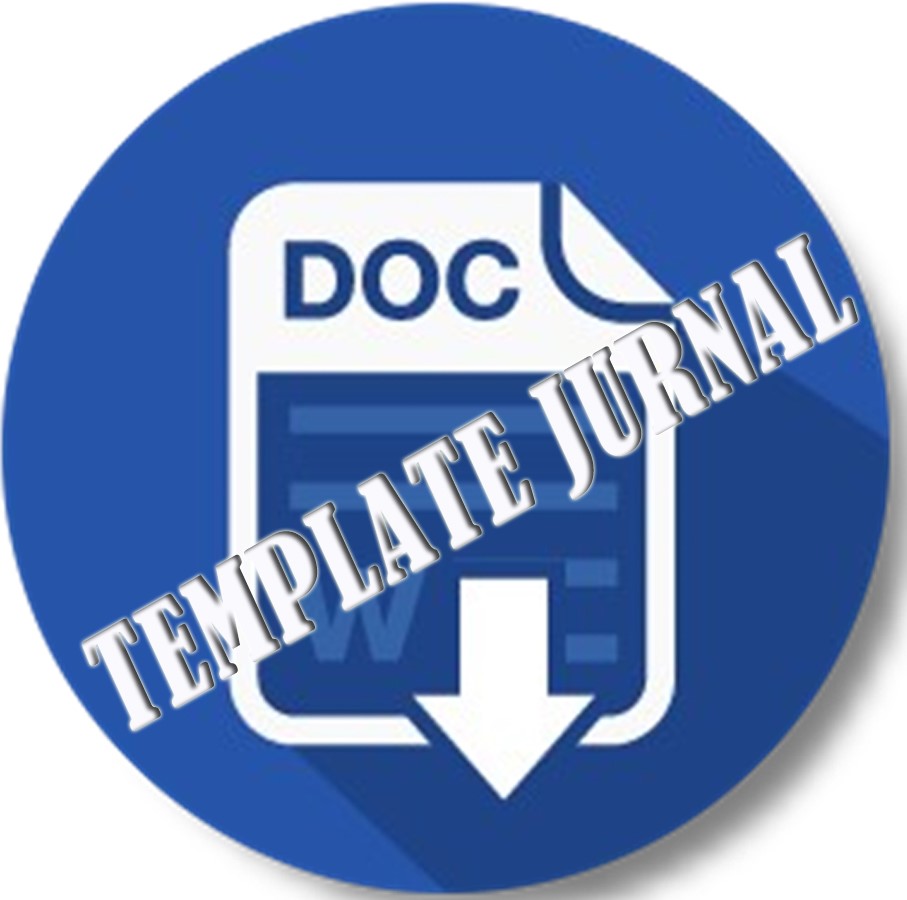POLA PENGGUNAAN RUANG USAHA DI KAWASAN PONDOK CINA
Abstract
Currently, population growth is increasing, which has resulted in an increasing need for land. This can be seen in the Pondok Cina Area, especially the Pondok Cina Station Area. The road has been used as a business space. Business spaces with pedestrian and vehicle circulation have been mixed together. This is what causes the arrangement of the area that is seen at this time as irregular and forced. This research was conducted to find out how the pattern of using business space, so that it can be arranged effectively and functionally. The method used in collecting data is behavior mapping. This method is useful for describing behavior patterns in the form of maps, knowing the type of frequency of behavior, and showing the relationship between behavior in specific designs. In addition, in data management three types of methods are used, namely, figure ground, linkage theory and place. From the use of these three methods, several areas were found that could be more useful as a business space. This is useful so that traders / street vendors do not disturb the circulation of motorists / cars and pedestrians.
References
Pemerintah Republik Indonesia, Undang-undang Republik Indonesia Nomor 3 Tahun 1982 tentang Wajib Daftar Perusahaan. 1982.
Pemerintah Republik Indonesia, Undang-undang Republik Indonesia Nomor 2 Tahun 1981 Tentang Metrologi Legal. 1981.
L. Hanim and M. Noorman, UMKM (Usaha Mikro, Kecil, & Menengah) & Bentuk-bentuk Usaha. Semarang: Unissula Press, 2018.
N. A. Dewi, “Analisis Strategi Pemasaran Pedagang Kaki Lima Di Jembatan Tabayang Kota Tanjung Balai,” UIN Sumatera Utara, 2019.
Malikdkp, “Menentukan Lokasi Usaha (Produksi, Penyimpanan),” IPQI (Indonesia Productivity and Quality Institute), 2014. https://ipqi.org/menentukan-lokasi-usaha-produksi-penyimpanan/ (accessed Jul. 08, 2021).
“Resume Kuliah Kewirausahaan.” Universitas Negeri Yogyakarta, Yogyakarta, 2014, [Online]. Available: https://staffnew.uny.ac.id/upload/132302945/pendidikan/KWU-RESUME+KULIAH.pptx.
D. Arifia, S. Soedwiwahjono, and R. P. Utomo, “Pengaruh Perkembangan Kegiatan Perdagangan dan Jasa terhadap Perubahan Penggunaan Lahan di Kawasan Solo Baru,” ARSITEKTURA J. Ilm. Arsit. dan Lingkung. Binaan, vol. 15, no. 1, pp. 1–9, 2017, [Online]. Available: https://jurnal.uns.ac.id/Arsitektura/article/view/11378.
Haryadi and B. Setiawan, Arsitektur, Lingkungan dan Perilaku: Pengantar ke Teori, Metodologi dan Aplikasi. Yogyakarta: Direktorat Pendidikan Tinggi Departemen Pendidikan Dan Kebudayaan, 1995.
M. S. Adhitama, “Faktor Penentu Setting Fisik Dalam Beraktivitas Di Ruang Terbuka Publik Studi Kasus Alun-alun Merdeka Kota Malang,” Muhammad Satya Adhitama, vol. 11, no. 2, 2013, [Online]. Available: https://ruas.ub.ac.id/index.php/ruas/article/viewFile/133/140.
R. Trancik, Finding Lost Space: Theories of Urban Design. New York: Van Nostrand Reinhold.
M. Zahnd, Perancangan Kota Secara Terpadu. Yogyakarta: Kanisius dan Soegijapranata University Press, 1999.
Kevin Lynch, The Image Of The City. Cambridge, Massachusetts, London: The M.I.T. Press, 1960.
M. Syahril, “Graha Kreasi Geometri,” Garasi Studio. https://grhakreasigeometri.blogspot.com/ (accessed Jul. 08, 2021).
Alibaba.com, “Obral Motif Acak Lantai Semen Awet, Cetakan Alas Trotoar Beton Stempel Karet Cetak Batu Acak,” 2019. https://indonesian.alibaba.com/product-detail/Multi-Patterns-Durable-Cement-Floor-Random-1600393070017.html (accessed Jul. 08, 2021).









